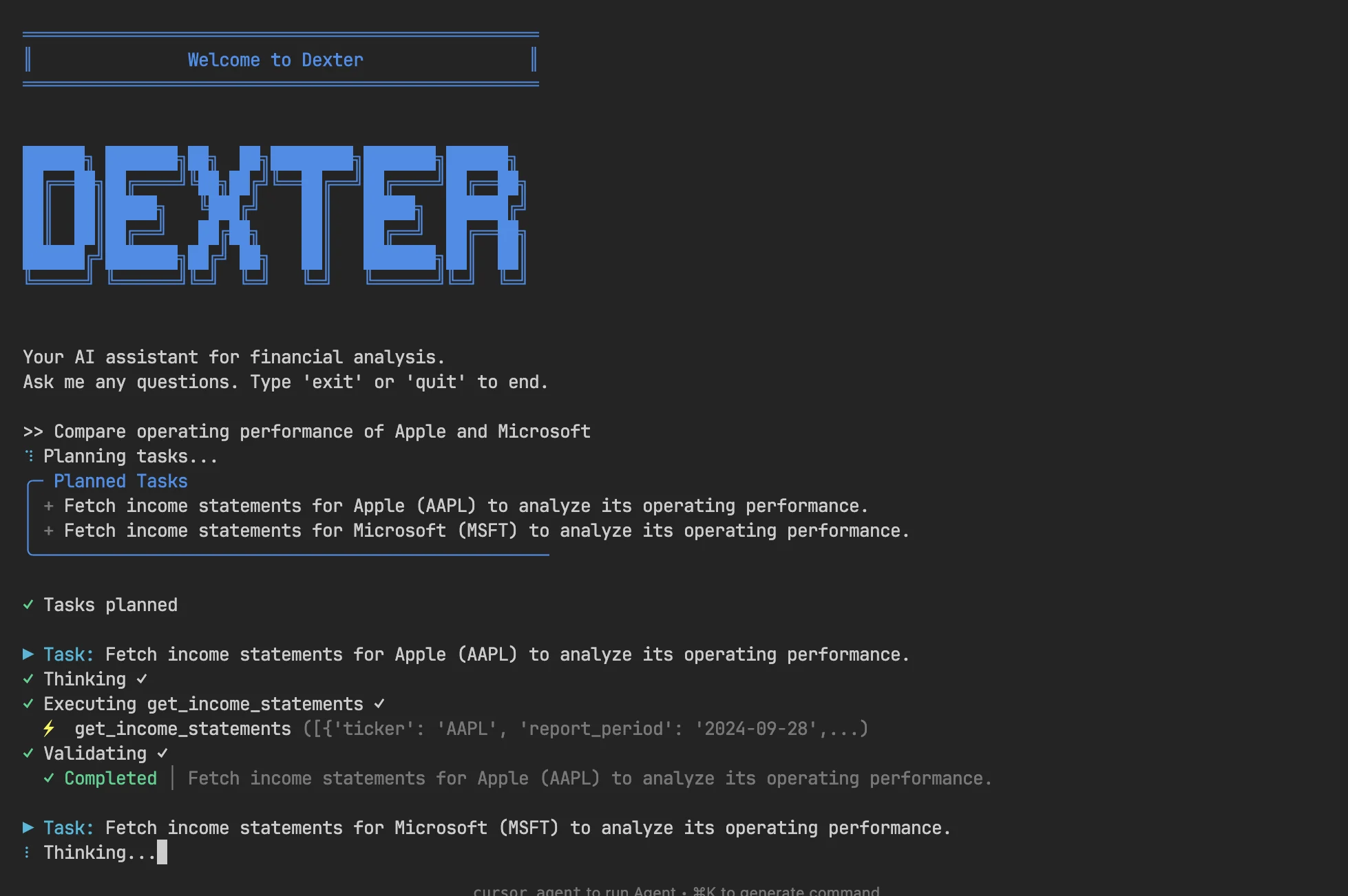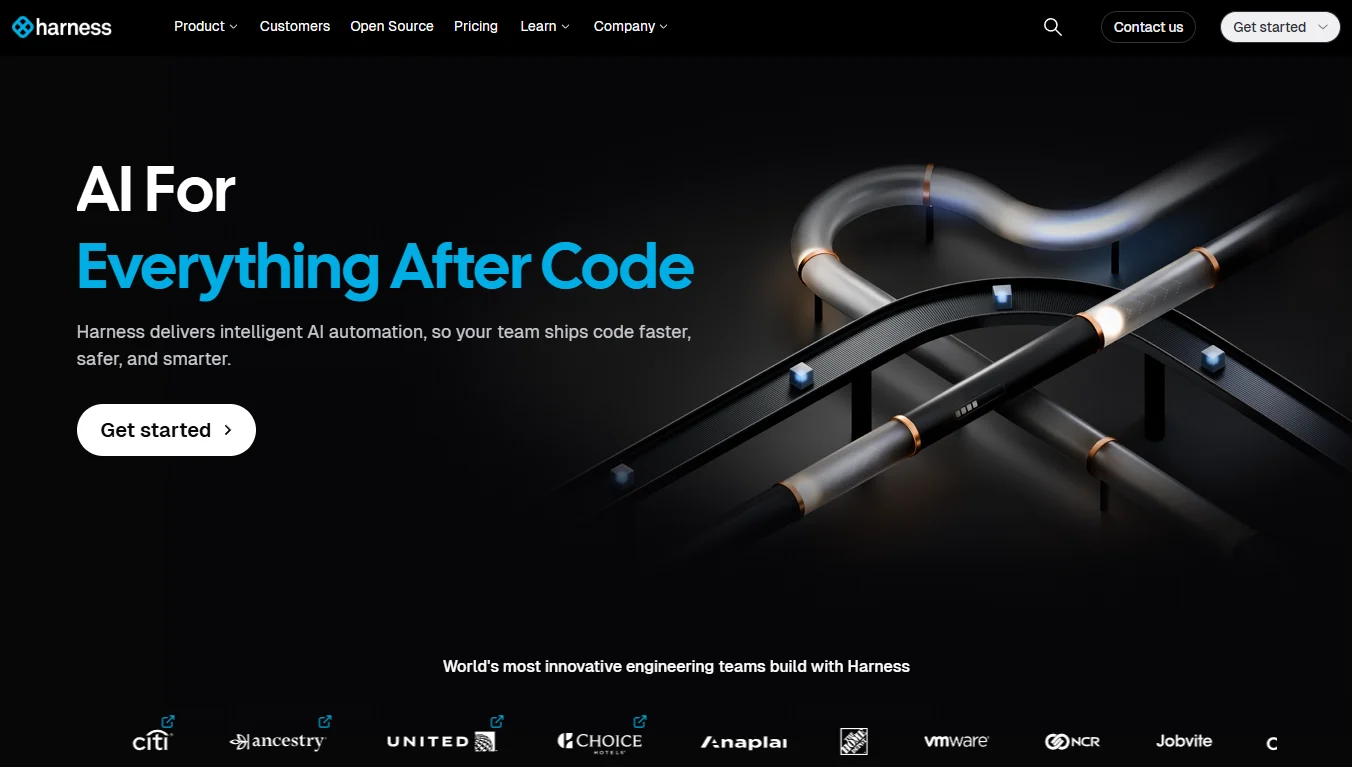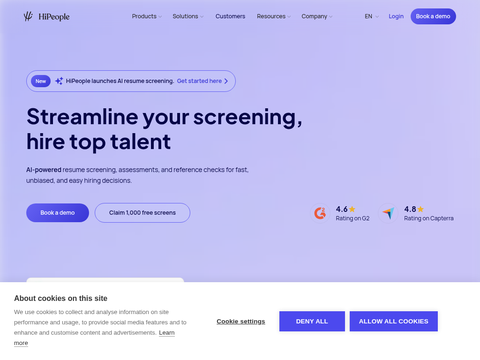Niantic is developing a new technology called the "Large Geospatial Model" (LGM). This model will integrate millions of scan data from the smartphones of users playing Niantic's games, such as "Pokémon Go," aiming to enable computers and robots to comprehend and interact with the real world in innovative ways.
The foundation of this technology lies in Niantic's Visual Positioning System (VPS), which over the past five years has determined location and orientation through individual smartphone images, utilizing 3D maps constructed from scans of interesting places by users in games and Scaniverse. What sets this data apart is that it is captured from a pedestrian perspective and includes areas inaccessible to vehicles.
Victor Prisacariu, Niantic's chief scientist, mentioned in a 2022 Q&A that the company utilized data uploaded by players in games like "Ingress" and "Pokémon Go" to create highly detailed 3D maps of the world. These maps not only include 3D geometric structures but also possess semantic understanding capabilities, allowing them to identify elements such as ground, sky, and trees within the map.
404 Media highlights that users who downloaded "Pokémon Go" in 2016 might not have anticipated that their data would eventually fuel such AI products. As LGM evolves, Niantic's technological advancements could have a profound impact on the future of augmented reality applications.








